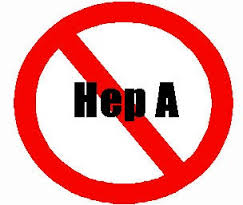Delta, the airline, sucks.
Others too.
Last Thursday, a passenger onboard a Delta Airlines flight from Atlanta to Miami stepped in poop while boarding the aircraft.
Stacey Leasca of Travel and Leisure reports that according to the passenger, when he brought the feces to the crew’s attention he was reportedly handed two paper towels and told to clean it up himself.
Delta Airlines confirmed to Business Insider that passengers did indeed begin boarding the aircraft before cleaning crews were done servicing the plane. The airline also noted that during the previous flight “an ill service animal” had an incident.
“It was feces, and it was everywhere. It was on my seat. It was on the floor. My feet were in it,” passenger Matthew Meehan told WSB-TV 2 Atlanta. He explained that he stepped in fecal matter and his fellow passengers refused to sit in their seats until it was cleaned up.
But, when he asked flight attendants for supplies he was handed “two paper towels and one of those little bottles of Bombay Sapphire.” And the Delta manager wasn’t much of a help either.
“She said to me, ‘Well, that’s not my problem.’ I said, ‘I’m sorry?’ She says, ‘Well, if the cleaning crew didn’t clean your seat, I don’t have any control over that,'” Meehan explained.
In the statement, Delta additionally apologized and offered a refund and compensation to customers affected by the flight.
And now for the meaningless boilerplate quote attributed to some bureaucrat or PR flunky:“The safety and health of our customers and employees is our top priority, and we are conducting a full investigation while following up with the right teams to prevent this from happening again,” Delta Said. Upon landing, the plane was also taken out of service and has since been disinfected.











